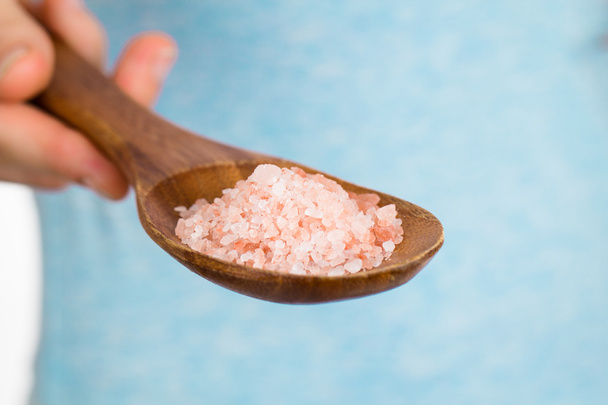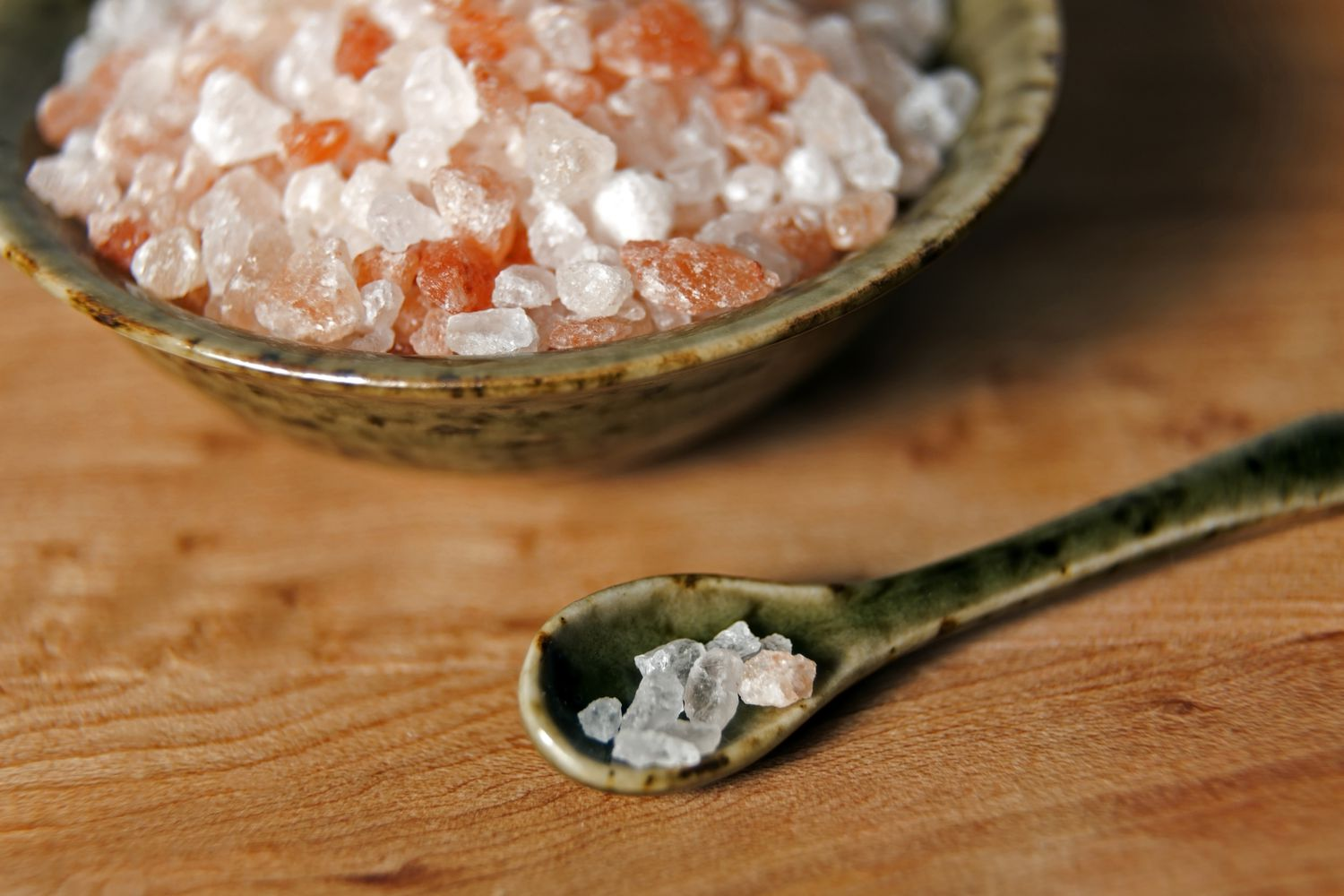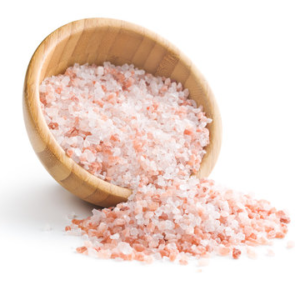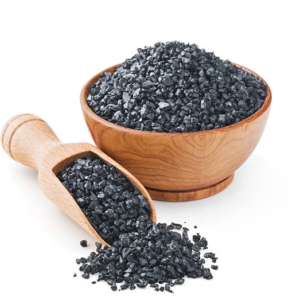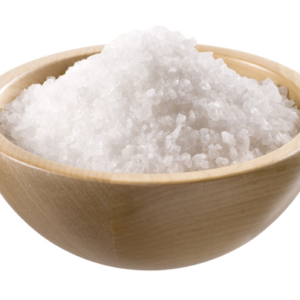Description
Key Characteristics:
- Color: Rock salt typically appears translucent, white, or gray, but it can also have varying shades of pink, red, or brown depending on the presence of impurities and minerals like iron, magnesium, or calcium.
- Texture: It is typically sold in larger crystalline form, although it can be ground into a finer texture for culinary use. The crystals can vary in size from large chunks to fine grains.
- Taste: Rock salt has a mild and clean salty flavor, although its taste may vary slightly depending on the minerals it contains. The larger crystals also provide a different mouthfeel and experience compared to finely ground salts.
Types of Rock Salt:
- Pink Himalayan Salt: A type of rock salt that comes from the Khewra salt mines in Pakistan. It is prized for its pink color and mineral content, including iron oxide, which gives it its distinctive hue.
- Black Salt (Kala Namak): A form of rock salt commonly used in South Asian cuisine. It has a dark brown or black color and a distinctive, sulfuric flavor due to its mineral content. Black salt is often used in chutneys, raitas, and various vegetarian dishes.
- Sea Salt: While technically not a type of rock salt, sea salt is another form of salt harvested through the evaporation of seawater. It is often grouped with rock salt due to its similar extraction process.
Composition and Nutrients:
- Sodium Chloride: Like other salts, rock salt is composed primarily of sodium chloride, which is essential for various bodily functions, such as maintaining fluid balance and nerve function.
- Trace Minerals: Depending on its origin, rock salt can contain various trace minerals, including:
- Calcium: Important for bone health and muscle function.
- Magnesium: Supports muscle and nerve function.
- Iron: Contributes to oxygen transport in the blood and is responsible for the coloration in certain types of rock salt, such as Himalayan salt.
- Potassium: Helps with electrolyte balance and maintaining normal heart function.
Common Uses:
- Culinary: Rock salt is often used as a finishing salt due to its large, crunchy crystals that provide a satisfying texture and burst of flavor. It can be sprinkled on meats, vegetables, salads, and baked goods.
- Cooking: Larger chunks of rock salt can be used to line grilling surfaces or as a bed for baking fish, such as in the classic salt-crusted fish preparation. The salt helps maintain moisture and adds subtle seasoning.
- Salt Blocks: Large pieces of rock salt can be heated or chilled and used as a cooking or serving surface. Salt blocks add a gentle salty flavor while cooking or presenting food, such as grilling meats, seafood, or vegetables.
- Bath Salt: Rock salt is often used in bath products, such as bath salts or scrubs, due to its purported therapeutic properties. It is believed to help relax muscles, exfoliate the skin, and promote relaxation.
- Ice Melt: Because of its ability to lower the freezing point of water, rock salt is commonly used on roads and sidewalks in colder climates to melt ice and snow during winter months.
Health Benefits (Claimed but with Mixed Evidence):
- Mineral Intake: The trace minerals in rock salt (such as magnesium, calcium, and iron) have led to claims that it is a more “natural” and healthy alternative to regular table salt, which is typically refined and lacks these minerals.
- Detoxification: Some people use rock salt in baths or body scrubs for its purported detoxifying effects, although there is limited scientific evidence supporting these claims.
- Better Hydration: Like Himalayan salt, some proponents argue that rock salt can help improve hydration by supplying electrolytes and minerals that are important for fluid balance. However, more research is needed to substantiate this.
Differences from Table Salt:
- Refining Process: Unlike table salt, which is highly refined and stripped of most of its minerals except sodium chloride, rock salt is usually less processed, retaining more of its natural mineral content.
- Additives: Table salt often contains anti-caking agents to prevent clumping, whereas rock salt typically doesn’t contain these additives, making it a more “natural” option.
- Iodine: Most table salt is iodized, meaning iodine is added to prevent iodine deficiency. Rock salt, unless specifically labeled as iodized, does not contain added iodine.
Environmental and Sustainability Considerations:
- Mining: Rock salt is typically mined from underground deposits, a process that can have an environmental impact. However, this impact is generally less significant than the environmental cost of producing synthetic chemicals or heavily processed foods.
- Sustainability of Use: The extraction of rock salt from natural sources such as ancient salt deposits or seawater evaporation is often considered more sustainable compared to highly processed or industrial forms of salt. However, as with any mineral resource, over-harvesting can have long-term environmental effects.
Conclusion:
Rock salt, with its natural, unrefined composition and trace mineral content, offers both culinary and health benefits. It is widely appreciated for its clean flavor and variety of uses in cooking, baking, and as a decorative or therapeutic element. While it doesn’t differ greatly in sodium content from regular table salt, its mineral-rich profile, particularly in varieties like Himalayan pink salt, makes it a popular choice for those seeking a more natural alternative to table salt.


